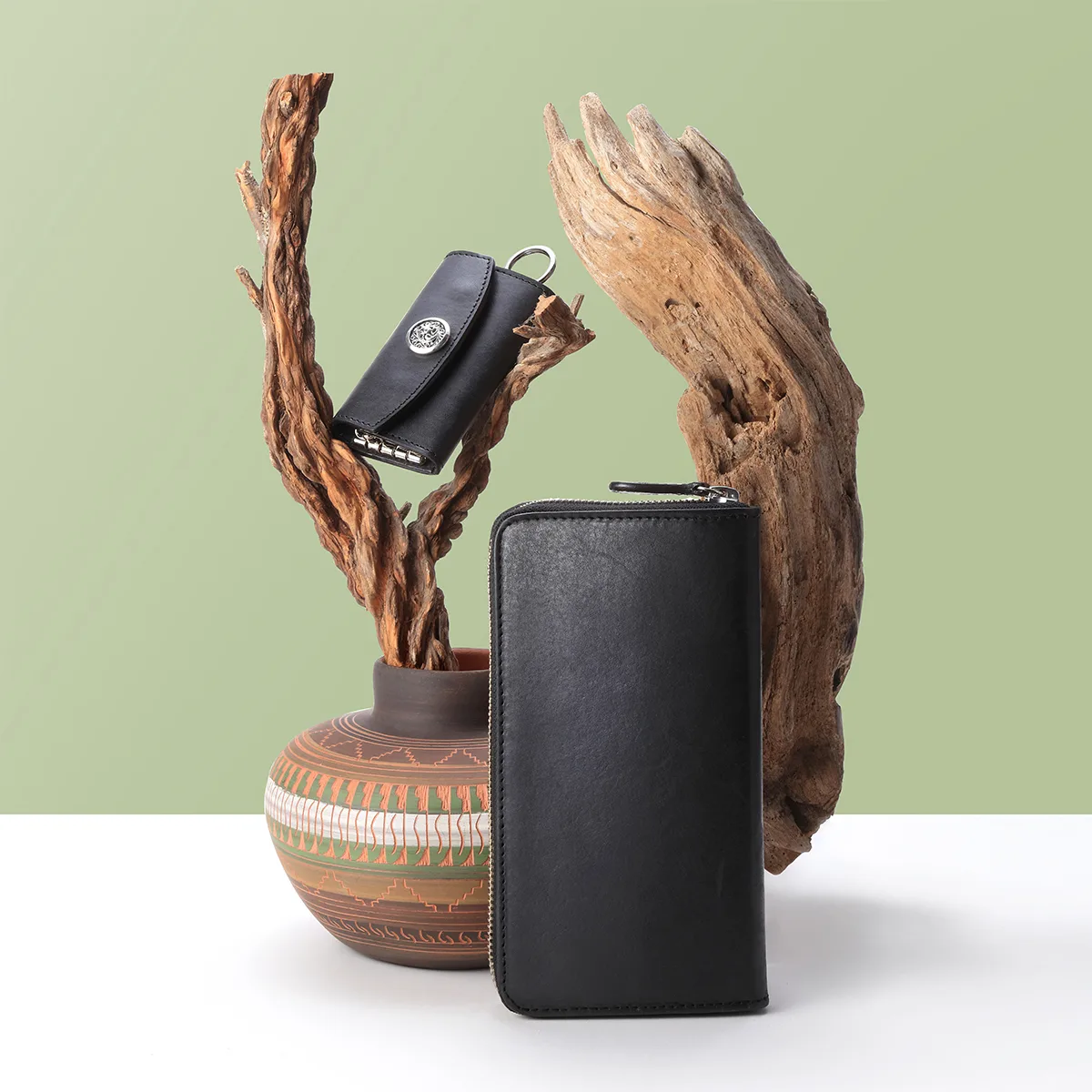Free Shipping within Thailand Dismiss
Skip to content
At SAAD, we value craftsmanship, our intricate and unique designs have been crafted by skilled and experienced artisans since our inception in 1998. We focus on longevity and quality at every step, from initial design and prototyping to development and final production, ensuring each process is carried out with care by our dedicated team.
With over 25 years of experience, we have honed our craftsmanship skills, aiming to provide quality that even exceeds the high standards of Japan.
Our products are designed to stand the test of time and become cherished companions throughout your journey.
SAAD Feather, one of our signature items, epitomizes our craftsmanship in jewelry making.
The pendant features meticulously sculpted details modeled after an actual bald eagle’s feather, achieving a remarkably realistic appearance. The smoking and buffing processes of the silver are carefully adjusted to highlight these details with optimal contrast, resulting in a strikingly lifelike piece.


SAAD’s saddle leather wallets exemplify our dedication to craftsmanship. While we use machines for precision stitching, each wallet is meticulously hand-finished. Our double-stitch technique—done in two separate passes—ensures durability and strength. Handcrafting also facilitates easier repairs, unlike mass-produced leather goods that often require complete disassembly.
Our approach ensures that our products are made with future repairability in mind.
Many gemstones are fragile and challenging to process, requiring extreme precision and expertise to shape them into the extremely thin and small pieces needed for watches. A slight mistake can cause a crack, rendering the gemstone unusable.
SAAD turquoise watch, featuring one of the most delicate gemstones, exemplifies our craftsmanship skills with its intricate design and careful handling.

Email : support@saadjapan.com
Phone : +66 81-755-8289
Business Hours : 11 AM – 8PM (GMT+7)